Ventilation Solutions to improve air quality
Ventilation plays an important role in our health and wellbeing, and Australia is quickly recognising the dangers of low indoor air quality. Poor indoor air quality costs Australia an estimated $1 Billion in productivity and illness, so we may need to rethink the way we use and require ventilation!

Did You Know?
To reduce the risks of mould and condensation, the Australian Building Codes Board recommends completely replacing the air in a dwelling every two hours.
Energy Efficiency & Airflow
New construction methods have led to significant improvements in airtightness and insulation, which can drive down energy costs significantly. However, whilst the NCC building code has placed minimum requirements on natural ventilation sources such as windows, we often leave these closed-up and only open them for a few hours a day.
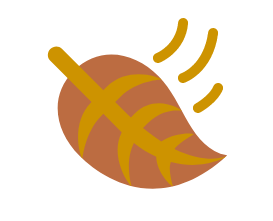
Improved Air Means Improved Health
Australians are spending up to 90% of their time indoors – in environments filled with CO2, mould, dust, allergens and other pollutants. This can lead to bio-toxin related illnesses, Sick Building Syndrome, reduced lung capacity, even cancer and other significant health issues arising from poor indoor air quality.

Getting Started on Improving Your Building’s Air Quality
The best approach to improving the ventilation in your building will depend on its age, insulation and how it’s currently ventilated. You also need to think about what your goals and what you hope to achieve. Each of our ventilation kits is designed to work differently. To see how each kit works, please select from the tabs below.
Ventilation systems by type
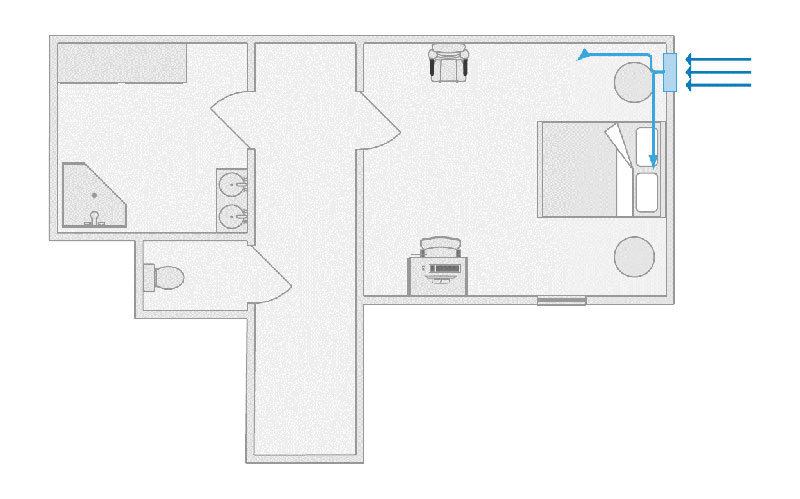
Passive Ventilation
Passive ventilation uses natural movement of air – no input needed. This uses specialised vents to give fresh, filtered air to Australian homes. These vents are similar to ‘trickle vents’ around windows in apartments and in Europe, but with the added pollen, allergen and airflow control. They also offer a gentler movement of air than an open window or vent.
Good use of passive vents prevent condensation and mould, and improve air quality. They also reduce both the noise and the security risk of opening a window.
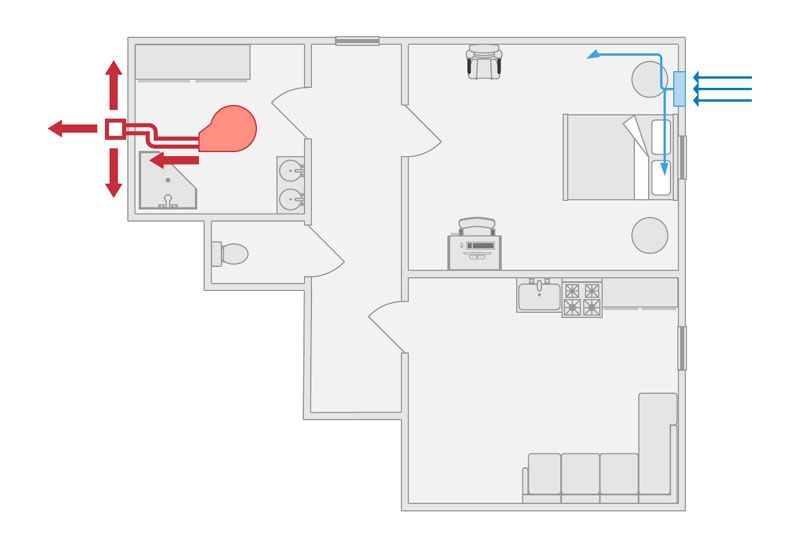
Continuous Ventilation
Continuous Exhaust Ventilation Systems remove the stale air from the house continuously and automatically, in comparison to exhaust fans which only operate when we turn them on! These systems can operate either as be a stand-alone exhaust fan and ventilator, or as a separate ventilation system.
Exhaust Ventilators can also be used in conjunction with passive air vents to allow fresh, filtered air to pass through into the home.

Supply Ventilation – Roof Kit
Supply ventilation brings fresh air indoors, pushing out the humid and stale air inside. Our Positive Pressure ventilation systems come equipped with filters to remove pollen and dust from the air, ensuring a healthier environment. Supply ventilation systems are best suited for older buildings, without modern renovations to insulation or sarking.
The Supply Ventilation Roof Kit draws air from the roof space, to provide warm, fresh air to the home. This is suitable in cool, dry climates for relatively leaky buildings with good roof ventilation. More information on Roof Ventilation can be found here: Roof Ventilation
coming soon
Supply Ventilation – Fresh Air Kit
The Supply Ventilation Fresh Air Kit draws air direct from the outside, to provide cool, fresh air to the home. This is suitable in moderate/warm dry climates for relatively leaky buildings. The air can be taken from the shaded South side of the home, and transfer this cooler and drier fresh air to the living spaces and bedrooms. This Kit uses the Nasta Filtered Ceiling Vents to ensure that the air entering the home is free from pollens and larger dusts and allergens.
view all supply ventilation products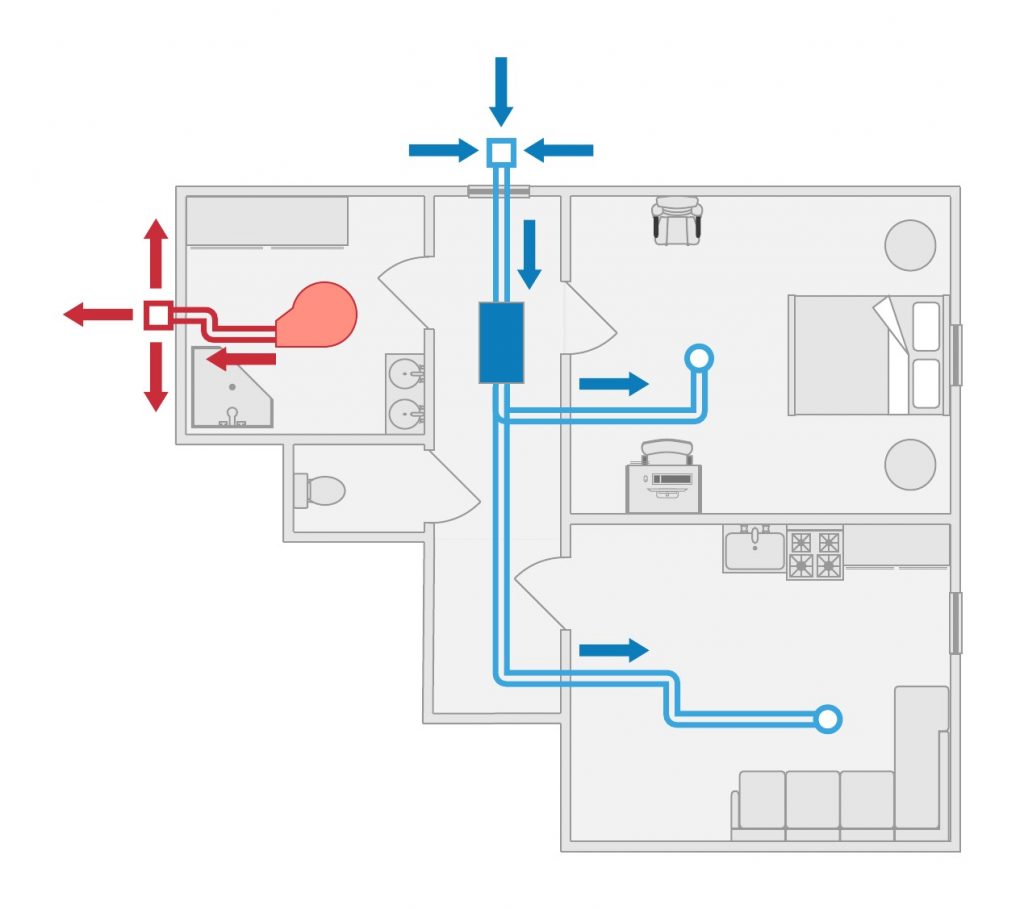
Balanced Ventilation
Balanced Ventilation Systems bring the best of both supply and exhaust ventilation. This is particularly effective for airtight modern buildings, and allows control over both the quality of fresh air as well as precise exhaust where needed.
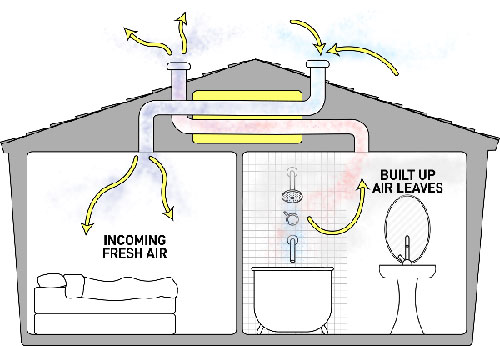
Heat Recovery Ventilation
Heat Recovery Ventilation removes stale air from the home, and supplies a constant stream of fresh filtered air. The heat energy is transferred from the stale air to the fresh air in the process, maintaining indoor air quality. This helps to lower the energy cost of heating and cooling indoors, whilst also reducing indoor air pollution. More information can be found here: Heat Recovery Ventilation: What is it?
Some of our HRV systems are also available with Energy Recovery Ventilation to control indoor humidity.
view heat recovery productsWant to Know More?
There are many different ventilation systems offering different solutions, with all giving improvements to the air quality in our homes, but it can be hard to know which is best! If you would like assistance in selecting an appropriate system, please get in touch and speak to one of our friendly staff.
